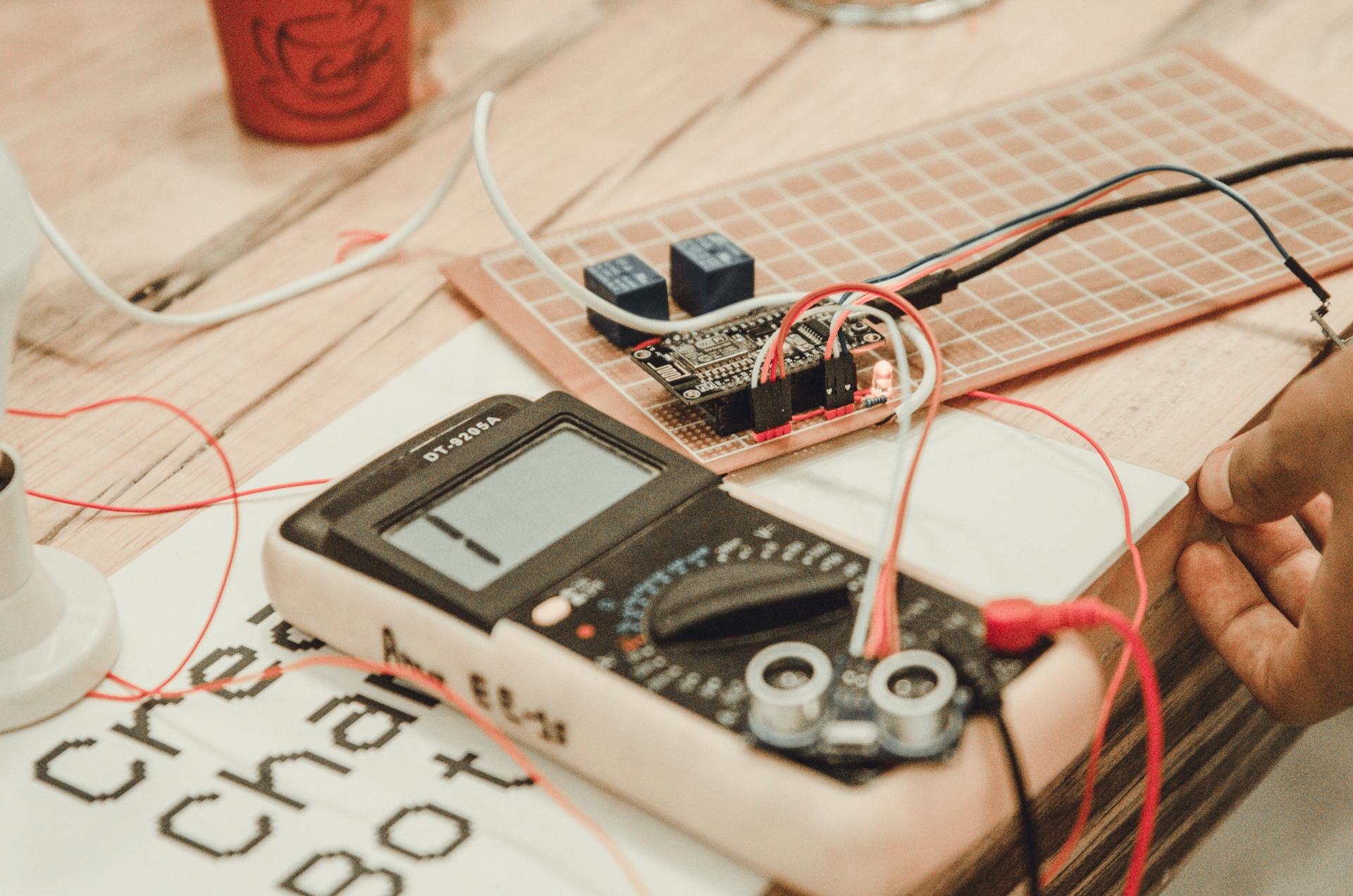Electrical Safety Testing in Your Home: The Basics Explained

In the realm of security in your home, one of the primary aspects to be considered is electrical safety. Electrical safety testing is the process of checking the electrical system in your home to be sure it’s safe and up-to-code. In this article we’ll provide the basics of what electrical safety testing are, what tools you’ll need in order to carry them out, how to carry out the tests and what warning signs you should look out for.
What’s an Electrical Safety Test?
A safety test for electrical appliances is the process of checking the electrical system within your home to verify that it’s functioning safely and correctly. Safety tests for electrical appliances are crucial as they help to in preventing electrical fires and electrical accidents, and ensure the longevity the electrical systems you have.
Tools Required for an Electrical Safety Test
For conducting an electrical safety test, you’ll need a few essential equipment. This includes an electrical voltage tester, a continuity tester, circuit tester as well as an outlet tester. It is utilized to test for live circuits, while the continuity tester is used to check for broken circuits. The circuit tester is utilized to check for wiring faults, and the outlet tester is used to detect electrical issues in outlets. It is essential to utilize these tools correctly to get precise results.
How to Conduct an Electrical Safety Test
To conduct an electrical safety test inside your home take these steps:
Shut off the power supply on the circuit or circuits you’re testing.
Use your voltage tester to look for live circuits.
Make use of the test for continuity to test the integrity of your circuit.
Use the circuit tester for checking for wiring faults.
Utilize the tester for outlets to find any wiring issues in the outlets.
During the process of testing Be sure to check for any evidence of wear or damage on the wires, such as frayed or broken wires, burn marks and loose wires. If you find any issues, it’s important to address them as soon as possible to prevent any potential dangers.
The Signs of Electrical Issues to Watch Out For
There are several indicators that may indicate electrical issues in your home. This includes flickering lights, frequent circuit breaker tripping and crackling or buzzing sounds from outlets, outlet that are hot or discolored, and a burning smell. If you observe any of these indications, you should take action immediately to avoid possible electrical hazards.
Conclusion
Safety tests for electrical appliances are essential to ensure your safety and family. Through regular testing and fixing any issues quickly you will be able to prevent electrical hazards and extend the life of your electrical system. If you require assistance in electrical repairs or testing Don’t hesitate to reach out to Local Electrician Bayswater. Our team of experts can give you professional guidance and support. Contact us via 1300 933 820 to schedule an appointment or request a quote.
FAQ Section
How often should I do an electrical safety test at my home?
We suggest conducting tests of electrical safety at least every year.
Can I conduct an electrical safety test on my own , or do I need a professional?
While it’s possible to perform tests for electrical safety by yourself but it’s best to hire a professional to ensure accurate results and prevent potential hazards.
Are there any common electrical problems that can be found in an electrical safety test?
The most frequent electrical issues found during a safety test comprise faulty wiring, overloaded circuits and outdated electrical systems.
What should I do if I discover a problem in the electrical safety test?
If you find an issue during the electrical safety test it is important to take action immediately. This could include making contact with a professional electrician to fix the problem, or replacing faulty equipment.
